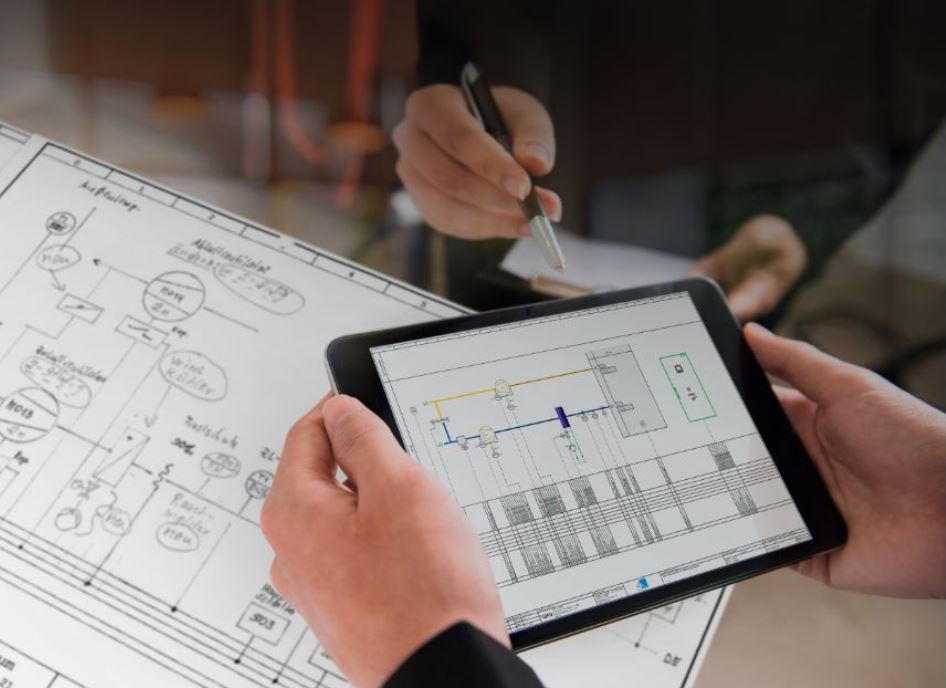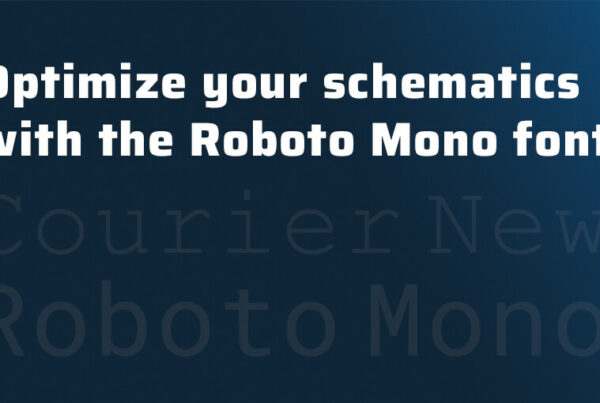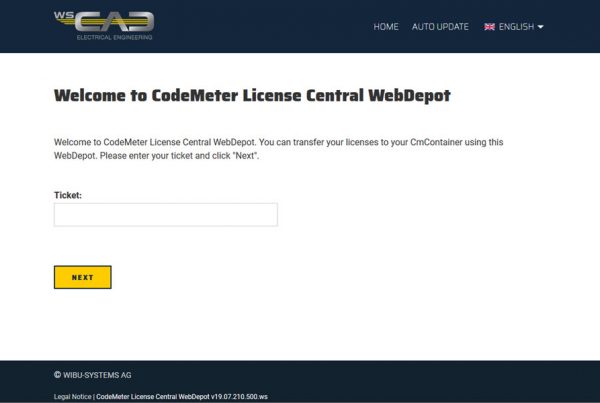
Digital engineering data – precise, up-to-date and future-proof!
Even though it is one of the most used terms in recent times – digitization – has many meanings depending on the context it is used in.
When the topic of conversation is Electrical Engineering, digitization is used to describe the conversion of electrical schematics from paper form to a digital form. Or even the conversion of a digital form to another.
But why would one need such a service in the first place?
Electrical panels, machines and installations are typically designed for a lifespan of 20 to 30 years. The same applies to the building automation. Given such a large lifespan, it is easy to understand that the electrical schematics for the above-mentioned electrical panels can only be found today in paper form, or in a digital format that is no longer editable with today’s available software. Trying to modify these old schematics and keep track of the changes is in no way an easy task.
Often will the client of an electrical cabinet also require the schematics in a format only available through purchase of another software.
The goal is to convert the schematics and plans into the suitable format. This is not a task achievable through the push of a button. Qualified experts with electrical engineering background will inspect and then redraw the schematics into the requested format.
Be it scanned papers, hand notes or PDF documents – the schematics will be thoroughly inspected and analyzed in preparation for creating a customized offer.
The following formats and conversions are possible:

The process of digitization is carried out by a well-experienced electrical design engineer.
Usually, the design engineer will contact the customer to agree on the final details or clarify the questions that may surface afterwards.
As an example of clarification points is the depiction of PLC elements, which have different representations in Eplan format as they do in WSCAD. Depending on the labeling scheme (numeric, page-oriented, path-oriented), further sub-pages may be needed to accommodate the larger symbols. Or the other way around, some pages will no longer be needed because of smaller symbols being used.
Other questions that may often arise are the following:
- Will only electrical schematics be needed?
- Are the symbols to be leaven empty or be assigned parts to?
- Are technical pages as well as layouts be needed?
- Will the cover page, plot frames and other lists be made available or drawn from scratch?
When the final details have been agreed upon and the analysis is completed, an individual offer will be created. After receiving the purchase order, a confirmation with indication of the expected delivery date will follow. Finally, a review of the project is carried out for the last time before it is sent to the client.
The customer then receives the electrical projects either as PDF or the requested format per E-Mail as attachment or download link.
In case further questions emerge during the conversion process (regarding the legibility for example), a PDF with commentary marks will be sent out where the answers can be inserted in the place with clarification needs.
Do you have any questions?
We will be glad to give you further advice! Please contact the Global Business Service Team at + 49 (0) 8131 3627 – 403.

Michael Huwer
Electrical design engineer
Global Business Services

Alin Dragan
Consultant
Global Business Services


